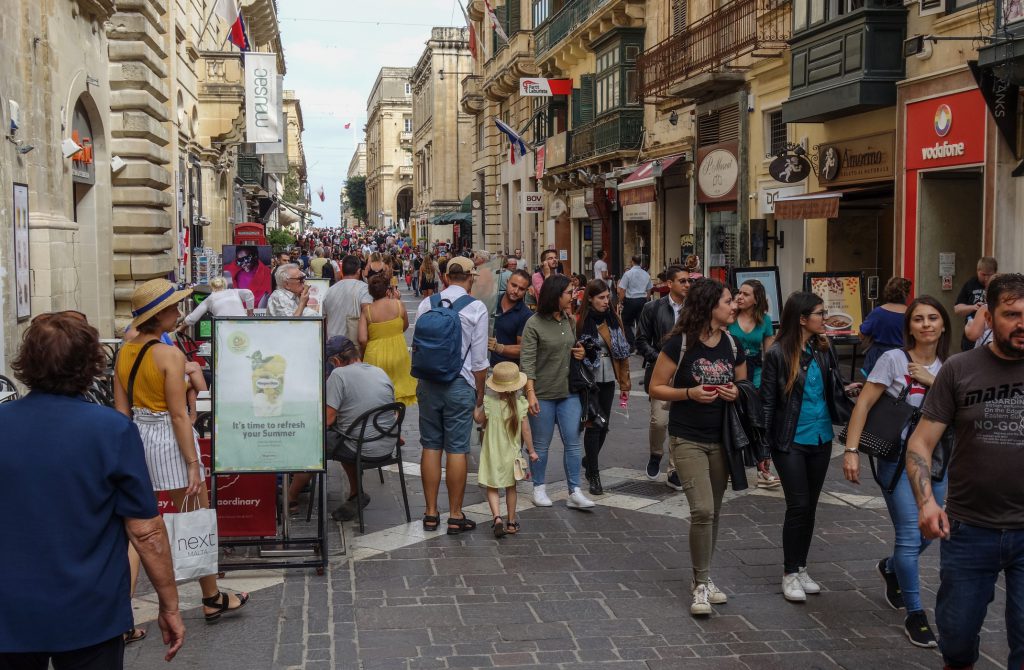Seven-fold increase in foreigners since 2012

The radical demographical changes of the Maltese Islands during the last decade characterised by a large influx of foreign workers, have been fully exposed in a recent report by the National Statistics Office.
It transpires that the number of foreigners rose by almost 700% – a seven-fold increase from 23,365 in 2012 to 158,369 in 2023 – which translates to 28% of the entire population. During the period under review the demographic change was more pronounced in the wake of the fact that the native population remained stable with a slight increase of 6,976, or just 2%. The influx of foreign workers, mostly from non-EU countries, resulted in Malta’s overall population increasing by 34% in just 11 years. Given Malta’s geographic size, this increase sparked sustainability concerns due to the very high population density. At the moment Malta ranks as the eighth most densely populated country in the world with 1,700 people per square metre. In comparison other Mediterranean states like Cyprus rank much lower with a population density of 136 people per square metre.
A deeper analysis from a geographic perspective reveals that the Southern Harbour District (Valletta, Il-Birgu, L-Isla, Bormla, Ħaż‐Żabbar, Il-Fgura, Il-Furjana, Il-Kalkara, Ħal Luqa, Il-Marsa, Raħal Ġdid, Santa Luċija, Ħal Tarxien, Ix-Xgħajra) has undergone the biggest transformation. In this part of the island, the number of foreigners rose by 10 times in just 11 years. The impact on the ground was even higher as in the corresponding period the native population in that region dropped by 4,015 or 5%. Hence, the share of foreigners in the Southern Harbour Region rose to 18%.
The highest concentration of foreigners live in the Northern Harbour District (Ħal Qormi, Birkirkara, Il-Gżira, Il-Ħamrun, L-Imsida, Pembroke, Tal‐Pietà, San Ġiljan, San Ġwann, Santa Venera, Tas‐Sliema, Is-Swieqi, Ta’ Xbiex). By the end of last year, nearly half the population of this region (41%) was foreign and totalled 72,454 – up from just 9,342 in 2012.
The second highest number of foreigners are in the Northern District (Ħal Għargħur, Il-Mellieħa, L-Imġarr, Il-Mosta, In-Naxxar, San Pawl il-Baħar) where by the end of last year they accounted to 36% of the population.
The demographic changes have also impacted Gozo, whereby the number of foreigners rose by 9,218 and now account to around a quarter of the population of the sister island (23%).
